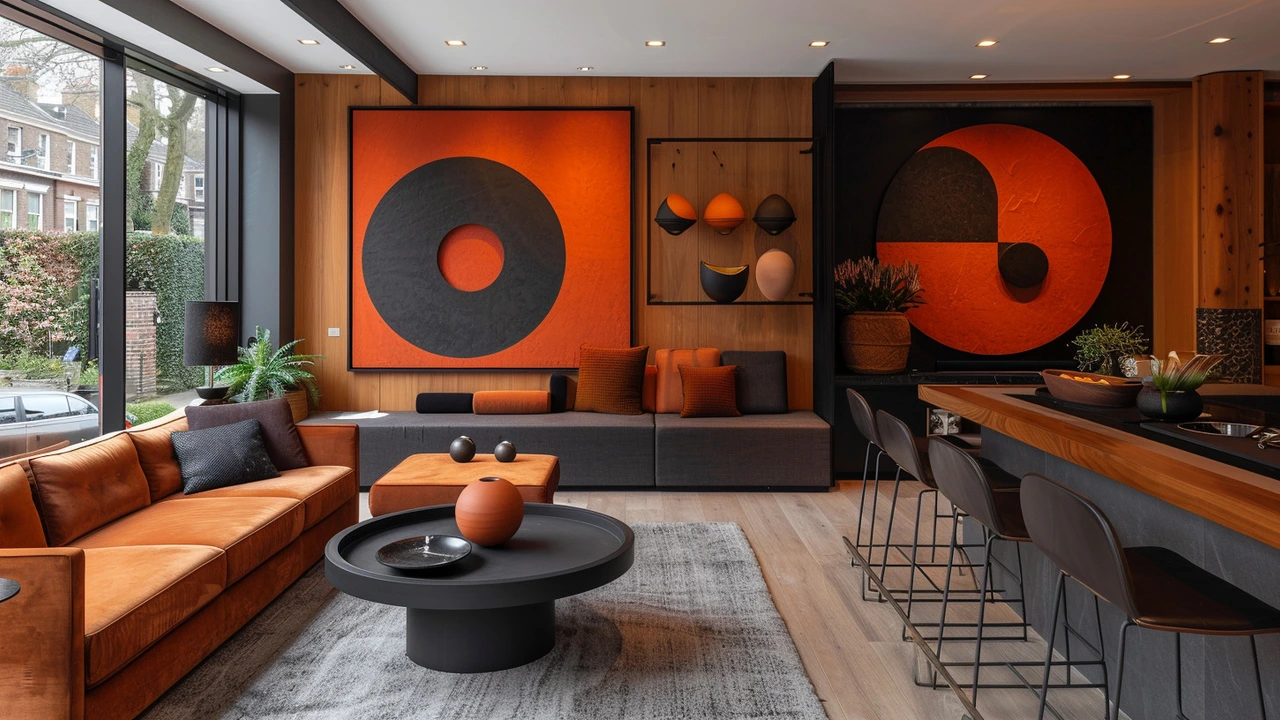Art Guide: Practical tips, styles, and things to try
Want clear, usable art advice without the jargon? This tag collects hands-on guides and short primers on art movements, techniques, and ways to use art in daily life. Browse pieces on photorealism, Bauhaus, Fluxus, installation art, the Harlem Renaissance and more—each article gives real tips, quick history, and things you can try this week.
Quick technique tips you can use right away
Photorealism: start with a high-quality reference photo. Use a grid or projector to map key points, block in large values first, then build thin layers of paint or pencil for texture. Work from darks to lights and step back often—realism depends on values, not just detail.
Abstract Expressionism: stop trying to copy a picture. Set a mood with a limited palette, use large brushes or your whole arm for bold strokes, and let mistakes become marks. If you want control, mix fast-drying and slow-drying media to manipulate drying time.
Installation Art: think about where people will move and how the piece changes over time. Choose materials that suit the environment—metal for long-term outdoor, fabric for soft indoor experiences. Test one scaled mock-up before you commit to full scale.
Connect movements to the way you work
Bauhaus and De Stijl are about simplicity and purpose. If you design furniture, graphics, or a room, ask: does this have a clear function? Remove unneeded decoration, use geometric shapes, and keep your color system consistent.
Fluxus and Futurism push boundaries—use simple rules to make playful experiments. Try a 24-hour art challenge where every hour you add one small action to a piece. For futurism-inspired projects, mix digital tools like AR or simple sensors to make interactive works.
If you love history, read short bios of key figures. Knowing why movements started—economic shifts, tech changes, or social struggles—helps you apply ideas with purpose rather than copying a style blindly.
Not sure where to start? Pick one article from this tag that sounds interesting, set a 2-hour project goal, and follow its step-by-step tips. For example: read the photorealism post, choose a simple object, make a quick value study, then spend two sessions layering details.
This tag is built for action. Expect clear how-tos, short histories that explain why a movement mattered, and practical ideas for projects you can finish on a weekend. Use the site search to find specific topics—like Bauhaus design or installation techniques—or scroll through the list to mix inspirations for your next piece.
Want a guided path? Try: (1) pick a movement article here, (2) do a quick study or sketch, (3) adapt one idea to your work, and (4) share what you made. Tag pages like this one are curated to spark projects, not just theory—so get hands-on and see what sticks.

